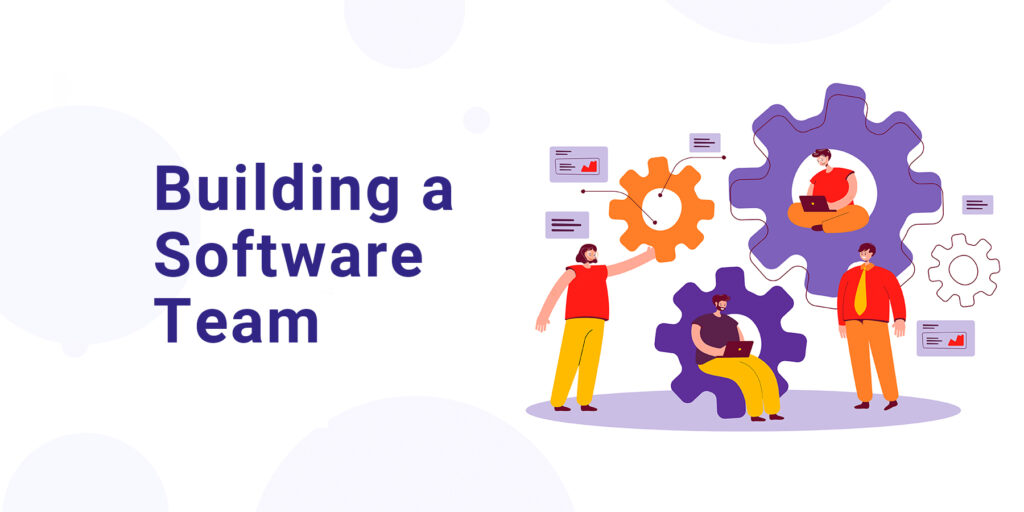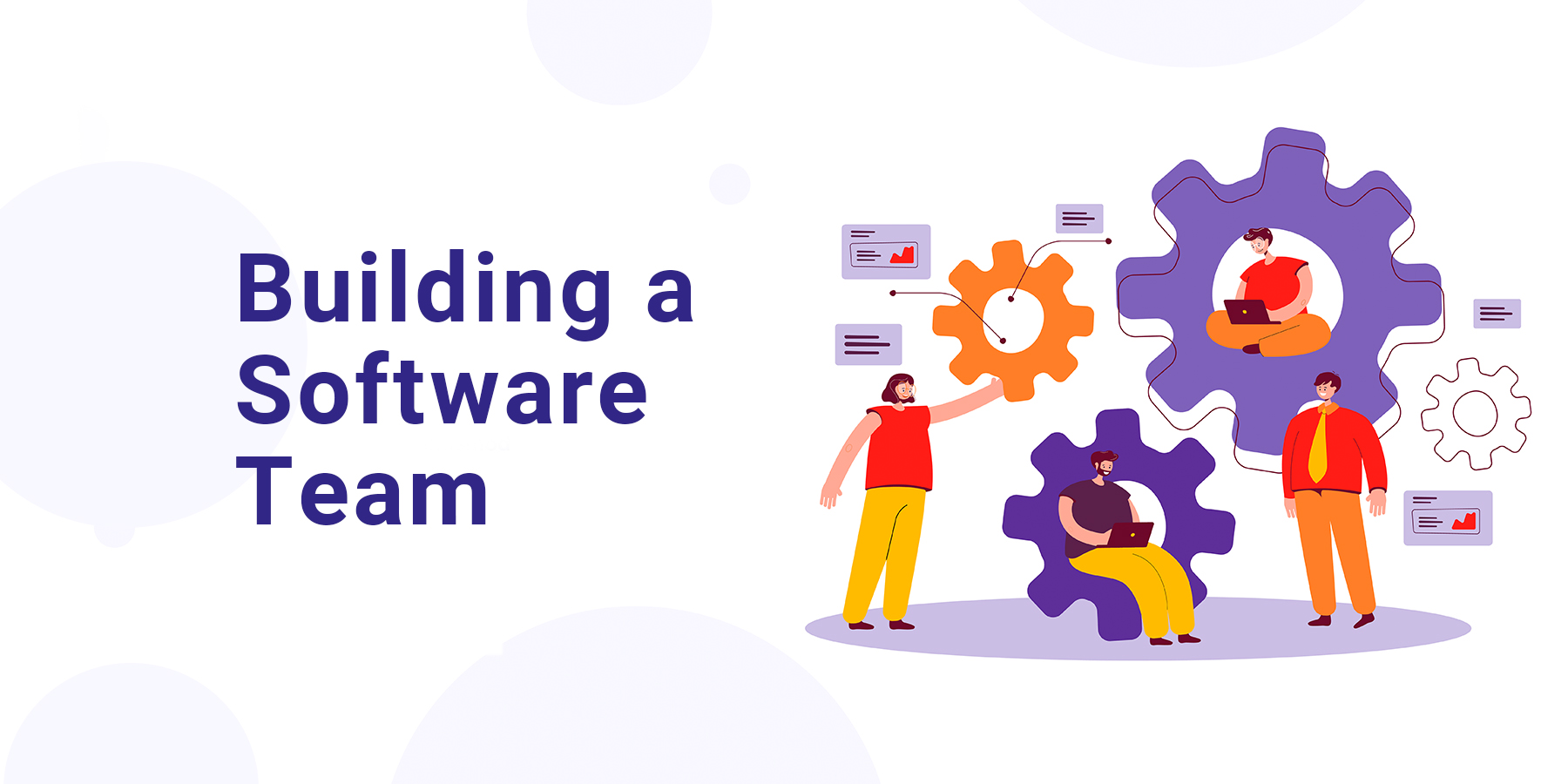
A software team’s level of independence and self-determination in guiding their decision-making processes is called their level of autonomy. The capacity to make independent decisions dramatically influences the effectiveness of a development team in software development. It allows them to change the program architecture, technique, and design without needing approval from outside sources.
Why Are Autonomous Teams More Effective?
A decade’s research data from the annual State of DevOps Reports show that autonomous teams can produce higher-quality software more quickly. The research identifying substantial correlations between certain activities and results has led to the development of a prediction model based on stability and throughput scores.
Companies with high stability and throughput scores earn more money than those with lower scores. They can hire dedicated remote developers, keep better personnel quickly, and have employees who report a much better work-life balance. The research’s conclusions have real-world applications for businesses looking to hire dedicated remote developers and enhance their software development procedures rather than just being an academic exercise.
Characteristics of Teams Delivering High Scores in Stability and Throughput
- Make Changes Autonomously: High-performing teams can significantly change the system’s architecture without obtaining prior clearance from outside parties. It ensures they can move ahead without placing undue responsibilities on other groups or depending on their cooperation.
- Less Communication Between Teams: The ability of a team to complete work alone, without requiring frequent communication and coordination with other parties, is another feature that forecasts a team’s success. The team should also be able to independently deliver their services or products without relying on other associated services or goods.
Impact of Coupling
When you hire dedicated remote developers, smaller teams generate better work than larger ones. It presents a challenge for larger businesses that need to hire dedicated remote developers in higher volumes and quickly build massive systems with small teams. The cost of communication between these smaller business units might be high. The autonomy of these small teams is essential for less contact and more functionality. It is crucial for superior outcomes, increased throughput, and enhanced stability ratings.
Coupled Teams Vs Decoupled Teams
Team dynamics are vital when you hire dedicated remote developers. There are two opposing theories: coupled teams and decoupled teams. Coupled teams collaborate closely and advance as a whole. However, because the pace of the slowest team binds the entire project, this arrangement may cause delays.
As an alternate strategy, decoupling teams after you hire dedicated remote developers and enabling them to work independently works in the company’s favor. It allows slower sections to take their time while allowing quicker teams to do their job more quickly, producing valuable results for those who succeed. However, this tactic comes at a cost because each unit functions differently. It causes redundancy and different answers to the same problems, which will compromise consistency.
How Does Sharing Code Impact Autonomy?
When development teams exchange code, coupling occurs between the sharing teams and the shared code. As a result, all groups using the common code must adapt in lockstep with any changes made to it. As a result, coordination and management problems arise, possibly limiting the teams’ autonomy. It’s crucial to control the coupling between code and teams when you hire dedicated remote developers to encourage autonomy.
Avoiding code sharing between teams is one approach to achieving this. However, it has some drawbacks. It is usually more expensive to share code than to work on it with your team; thus, you should properly consider the cost of doing so when required. Various methods and concepts are available to decouple and encourage autonomy; therefore, carefully examining which strategy is appropriate for your business is crucial.
Reducing Inter-Team Coupling in Software Development
1. Aligning Teams Around Bounded Contexts
Bounded contexts stand for particular regions of the problem domain where you will find a concentration of related concepts. When you hire dedicated remote developers, you should organize your teams according to these bounded contexts. It leads to more abstract discussions and reduces inter-team interdependence, promoting team autonomy.
2. Consumer Point of View
It is essential to capture requirements from the perspective of users or consumers. Focusing solely on technical requirements can lead to more complex implementations. Keeping inter-team communication aligned with the problem domain keeps the discussions relevant and free from unnecessary technical details.
3. Focus on Problem Domain in Inter-Team Communication
It is vital to provide information in a way that those familiar with the problem area can grasp, even if they lack technical familiarity with the product. Teams that maintain an abstraction level aligned with the issue domain can foster effective communication while removing pointless technical complexity.
4. Translation of Inputs
When interacting with input from other teams, it is critical to be cautious by consistently translating and considering them as potential sources of disruption. Reduce dependencies between teams after you hire dedicated remote developers and improve their capacity for independent development by taking these steps. Implementing ports and adapters at integration points, which provide insulation between teams and permit greater autonomy in their actions, is another beneficial technique.
5. Use DRY within Teams Instead of Across Teams
Avoid adopting the DRY (Don’t Repeat Yourself) principle across services and teams when you hire dedicated remote developers, as it can increase coupling.
6. Independent Deployment
For continuous delivery, provide a smooth deployment process. Each team should be able to independently deploy work using this pipeline without relying on the work of other groups. Two teams working on the same code segment should collaborate using a unified codebase within a single repository and testing system to prevent integration issues before code release.
7. Ensure Integrity While Sharing Data
Protect sensitive data and disclose only necessary facts in public APIs (Application Programming Interface). You can use contract testing to verify any changes made to the APIs and ensure their integrity. Limit your data usage to the bare minimum. When sharing data, give a particular context so people may choose the data they want.
Conclusion
The presence of technological or organizational coupling poses one of the biggest obstacles in software development and scalability. It is essential to hire dedicated remote developers and compartmentalize with the utmost care and deliberation to meet this difficulty. We can pave the path for creating exceptional software systems and organizations that flourish in the face of scalability issues by understanding the value of small and intelligent team composition, coupling minimization, and team autonomy.
In order to support your scaling efforts, RecruitNinjas provides thorough assistance to hire dedicated remote developers specifically suited to your technological initiatives. By following our professional advice and building a strong technology team, you can confidently create a solution that supports your goals and offers a lot of value to your prestigious customers.
This blog is inspired by the video ‘How To Build Big Software With Small Agile Teams’ by ‘Continuous Delivery.’
Andrew Gray
Andrew Gray is the Senior Operations Manager at Vserve Amazon Listing Services, a position he's held since 2021. He is renowned for operational excellence, leading teams to achieve sales growth and enhanced customer service. Andrew's role is crucial in optimizing the company's operations and maintaining its reputation for efficient back-office solutions.


 How Will AI Affect Offshore Graphic Designers’ Jobs
How Will AI Affect Offshore Graphic Designers’ Jobs Recruitment Process Outsourcing: Things To Note For A Better Understanding of The Process!
Recruitment Process Outsourcing: Things To Note For A Better Understanding of The Process!